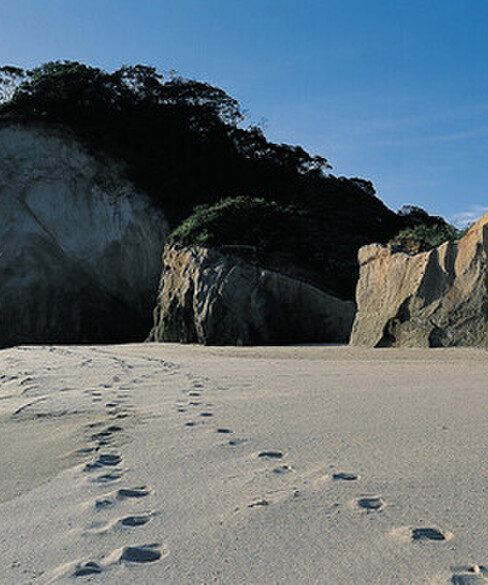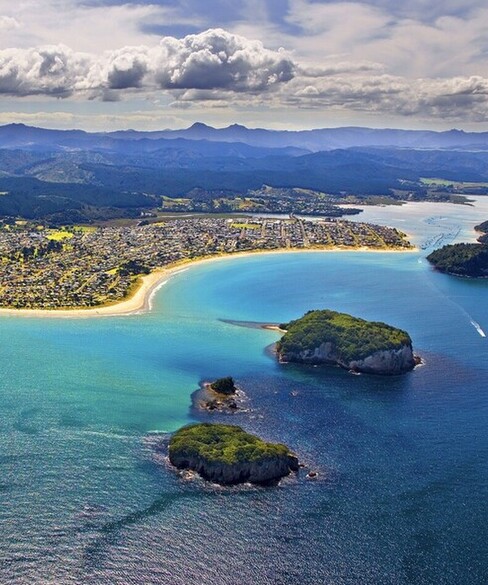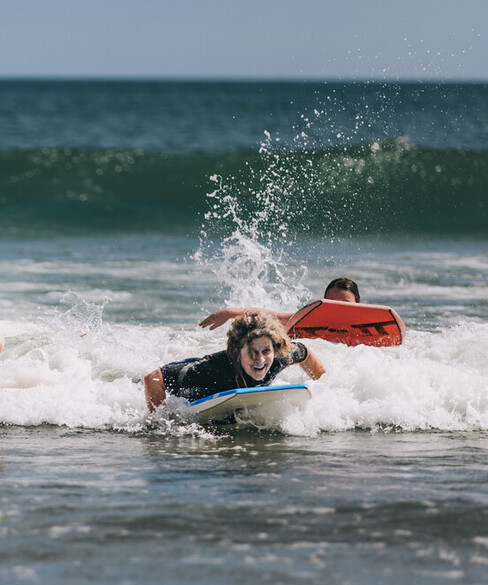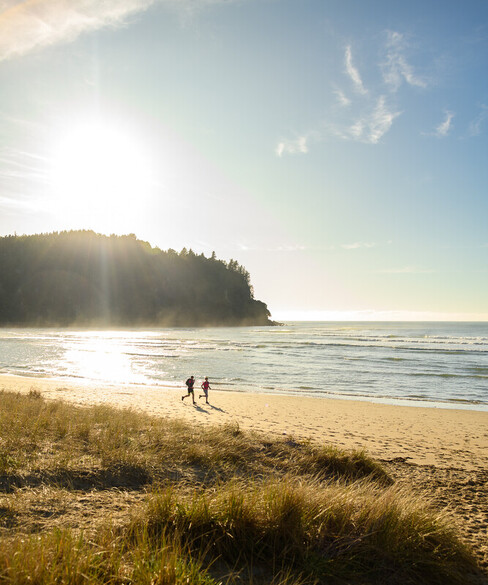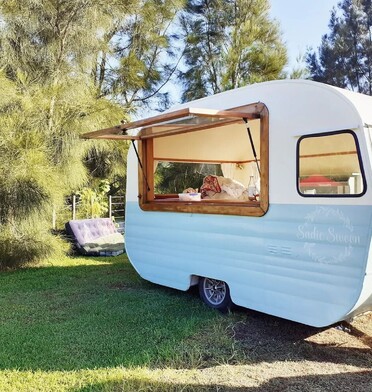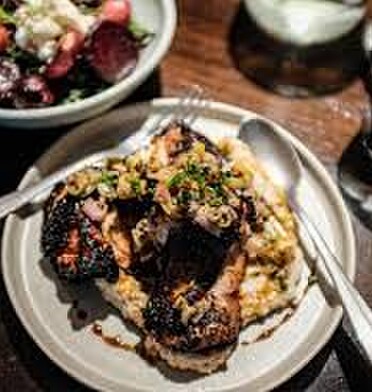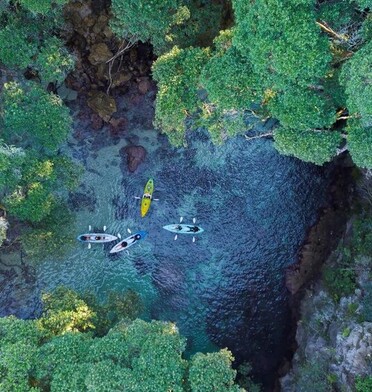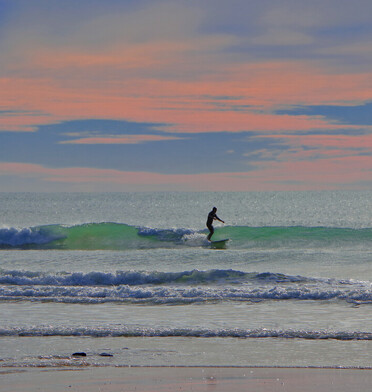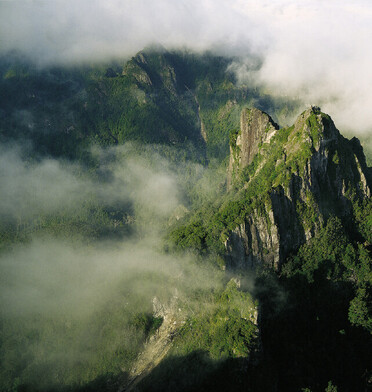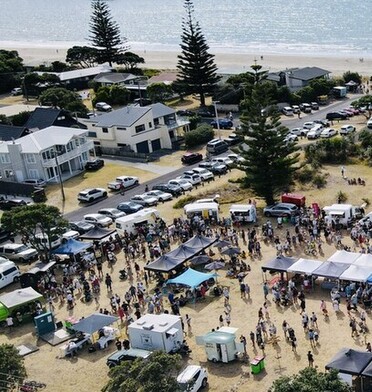About Whangamatā
Renowned for it's beautiful beach, Whangamatā is NZ's coastal gem with holiday makers flocking to it's shores every summer. Find out a little more about what makes Whangamatā a great spot to visit.
Whangamatā: Our beautiful beach and coastal icons
At the heart of Whangamatā is its stunning beach—a long stretch of golden sand that meets the sparkling Pacific Ocean. It’s the perfect place to relax, take a walk, swim, or simply enjoy the view, day or night.
The beach has long been a mecca for surfers. Even in the late 1960s, when the journey to Whangamatā meant long, winding roads and rough gravel tracks, surfers made the pilgrimage as a ritual to ride the waves at the famous The Bar. Its consistent surf helped put Whangamatā on the map as a destination for surf enthusiasts from across New Zealand.
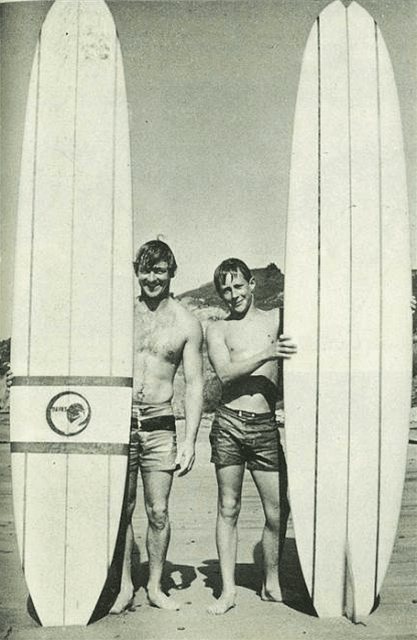
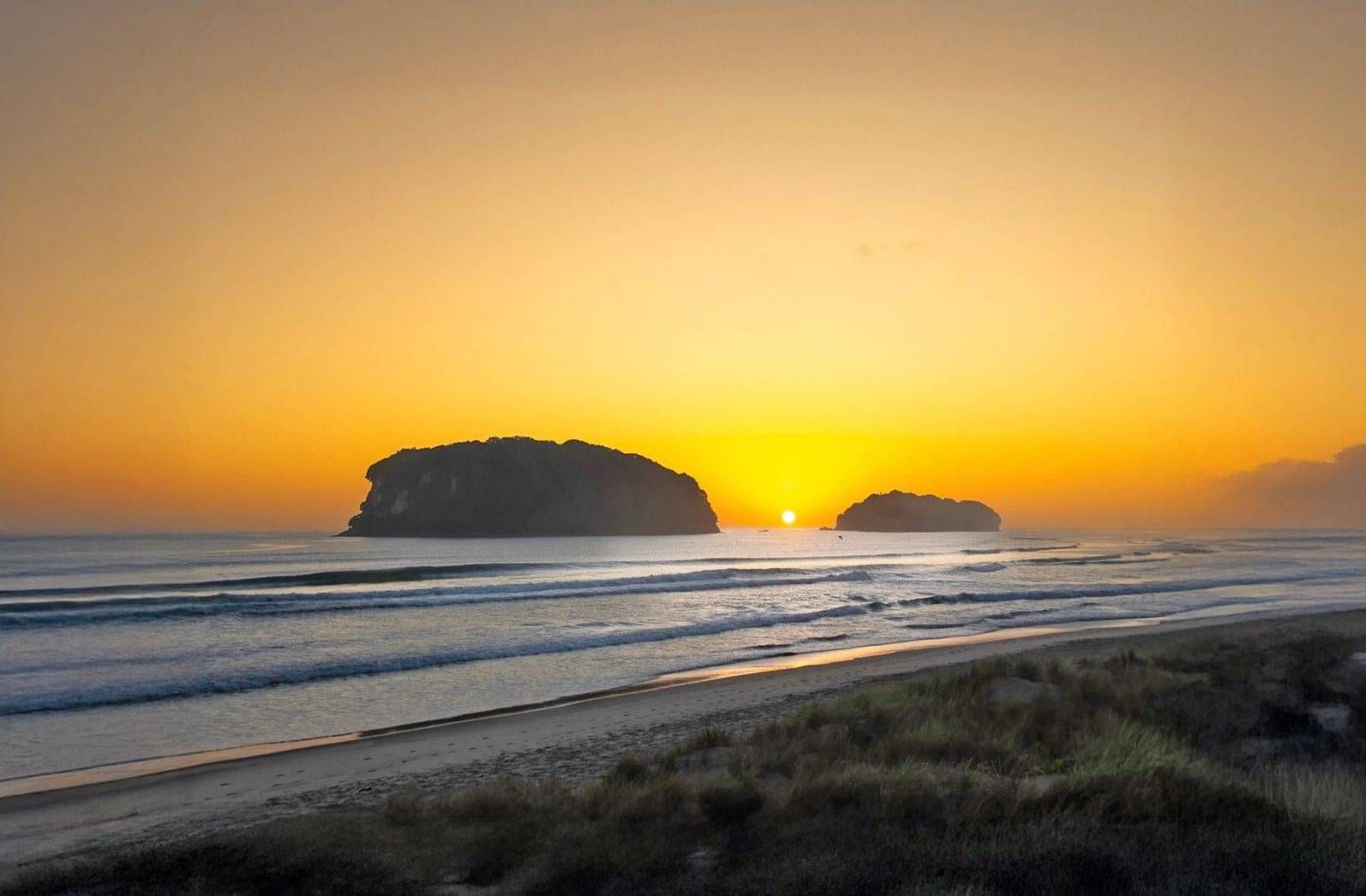
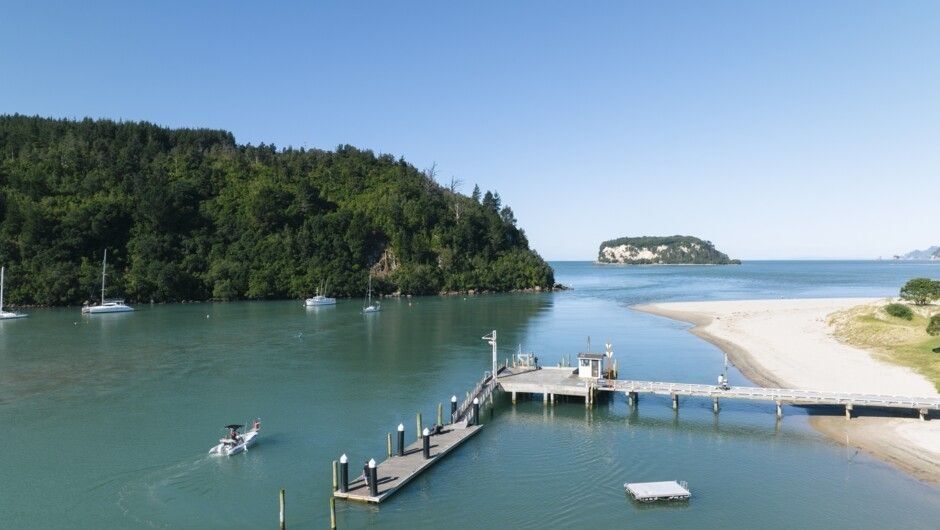
The islands
Framing our coastline are some of Whangamatā’s most iconic landmarks - which is why we've used them in our own Discover Whangamatā logo. The two main islands are called:
Hauturu
Hauturu or Clark Island - Just off the coast, this small island (bigger of the two) is a striking natural feature visible from the beach. Its rugged beauty is a favourite subject for photographers and locals alike.
At low tide, you can walk across the sandbar from the main beach to the beach of Clark Island (you'll get wet legs still). Do not go past the beach area though - this island is protected as a wildlife sanctuary.
Whenuakura
For many years, Whenuakura, commonly called Donut Island, was a closely guarded local secret. In recent times, it has become a must-visit destination for travellers seeking a unique coastal experience. Local guardians (kaitiaki) and the Whangamatā community ask that all visitors treat the islands with respect, helping to preserve them for future generations. Today, Whenuakura is a protected wildlife sanctuary, safeguarding its natural and cultural treasures.
You can explore this island by small boat or SUP (but musn't set a foot on it). Go with a guide and hear all about the geology and history of it.
Other islands
In addition to Whenuakura and Hauturu, there is a third island, often called the Third Island. Its Māori name is Maukaha, and like its neighbours, it is an important feature of Whangamatā’s coastal landscape and a haven for many seabird species.
From the main beach, you can also see several outer islands:
Mayor Island (Tūhua) – This name is also the Māori word for obsidian, a volcanic glass found abundantly on the island. Historically, Tūhua was an important source of obsidian for Māori communities, who used it to craft tools and weapons.
Slipper Island (Whakahau) – A picturesque island known for its sandy beaches, rolling hills, and historical significance to local iwi.
The Pinnacles – In the distance, you may notice upright rock formations known as the Pinnacles, which are part of a protected marine reserve.
Together, these islands form a striking backdrop to Whangamatā’s coastline, each with its own natural and cultural significance.
Whangamatā
Whangamatā, in te reo Māori, means “bay of obsidian”, with whanga meaning bay or harbour, and matā referring to obsidian or hard stone. You can still see shards of obsidian scattered along the harbour and beach shores today—a reminder of the volcanic eruption from Mayor Island that once blanketed the area we now know as Whangamatā.
Stay and explore
Discover Whangamatā holds the key to the best-kept secrets of this coastal town.
Explore the best places to stay, eat and explore in Whangamata:
